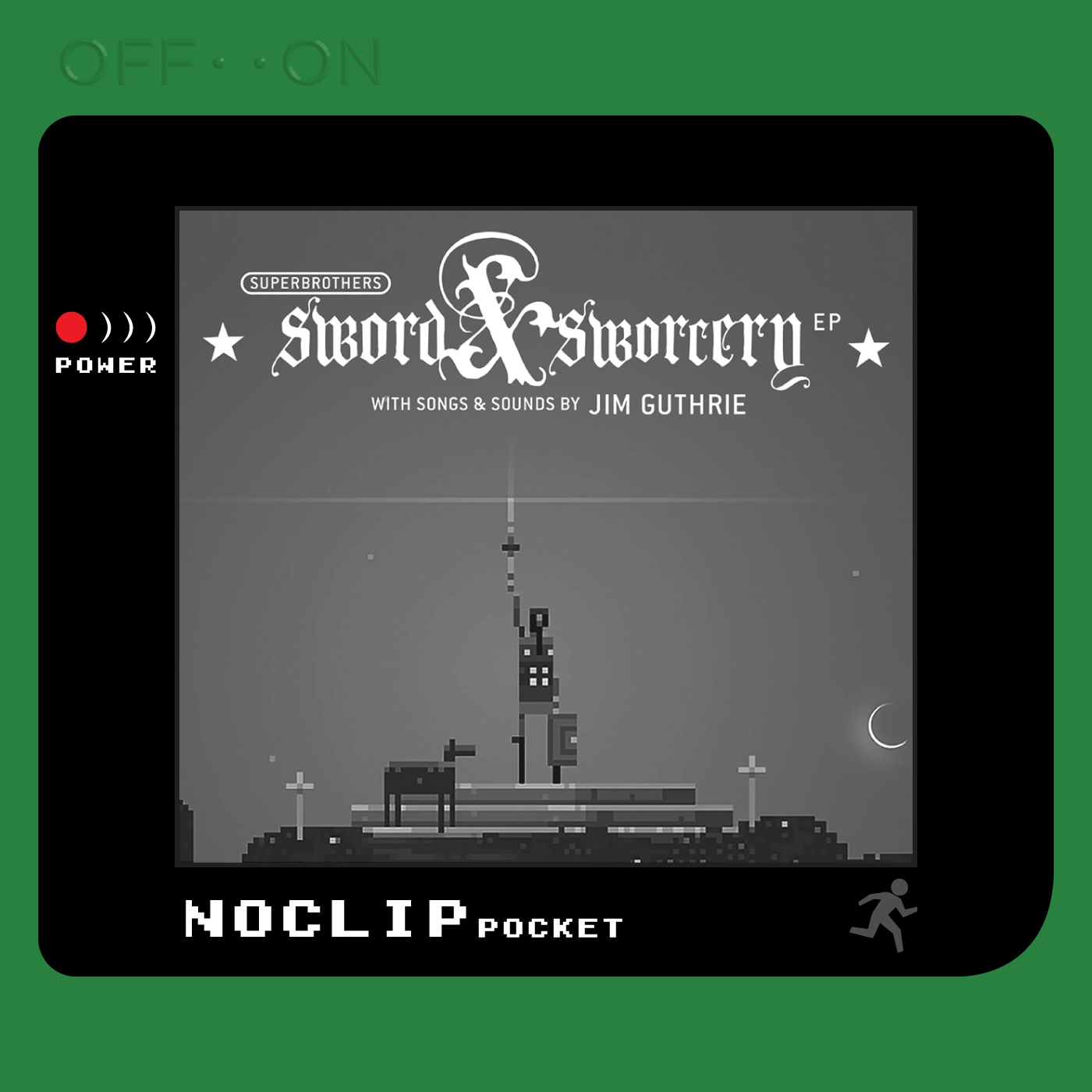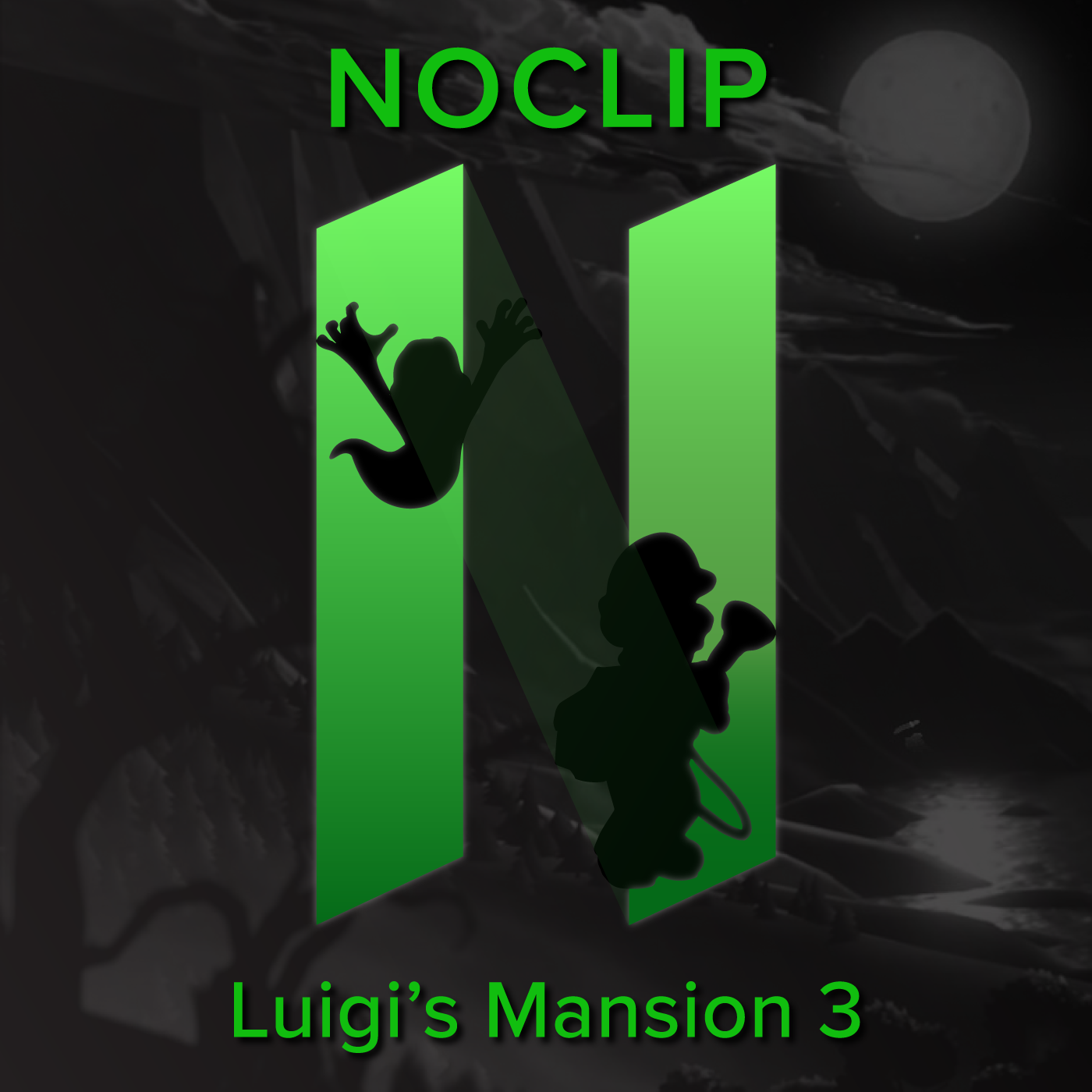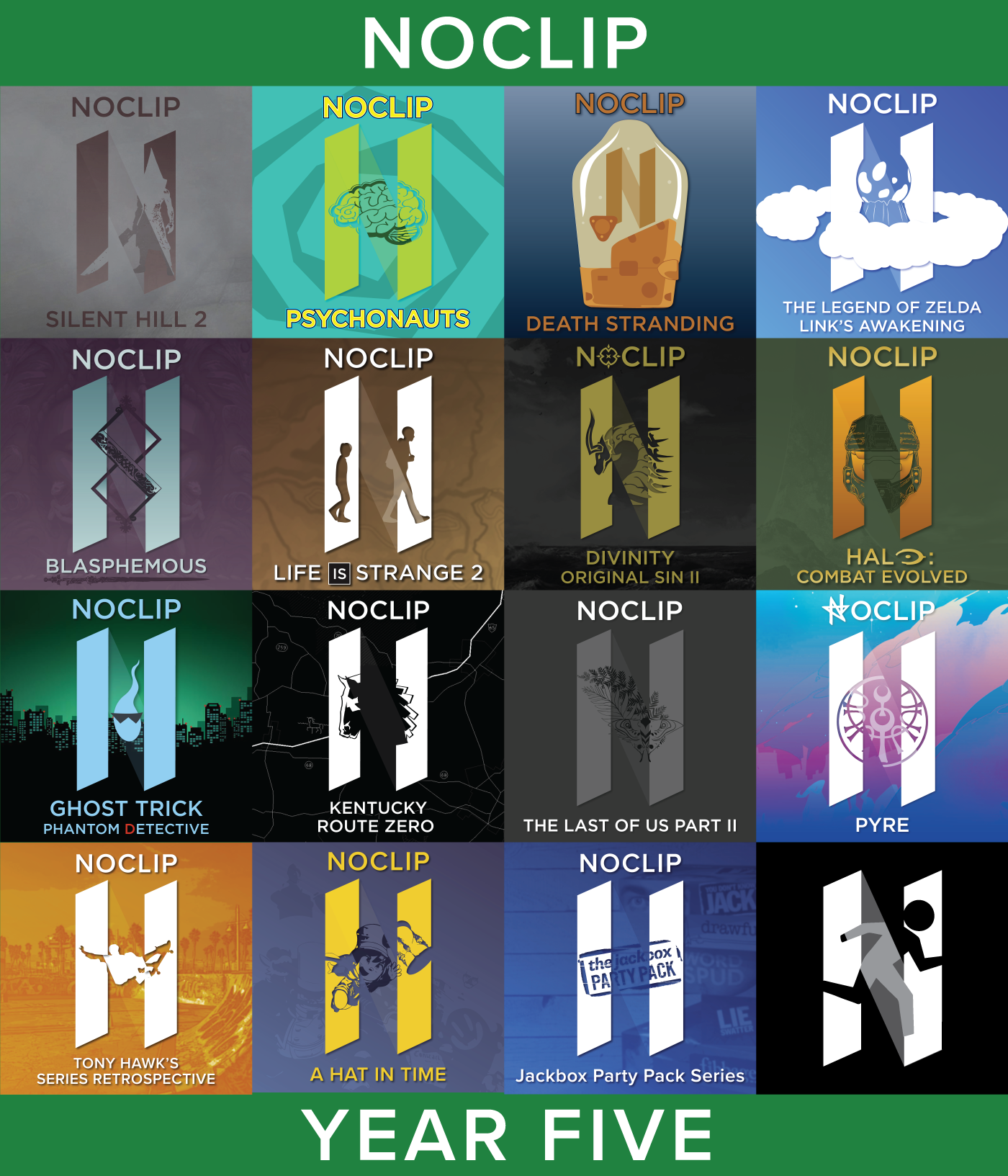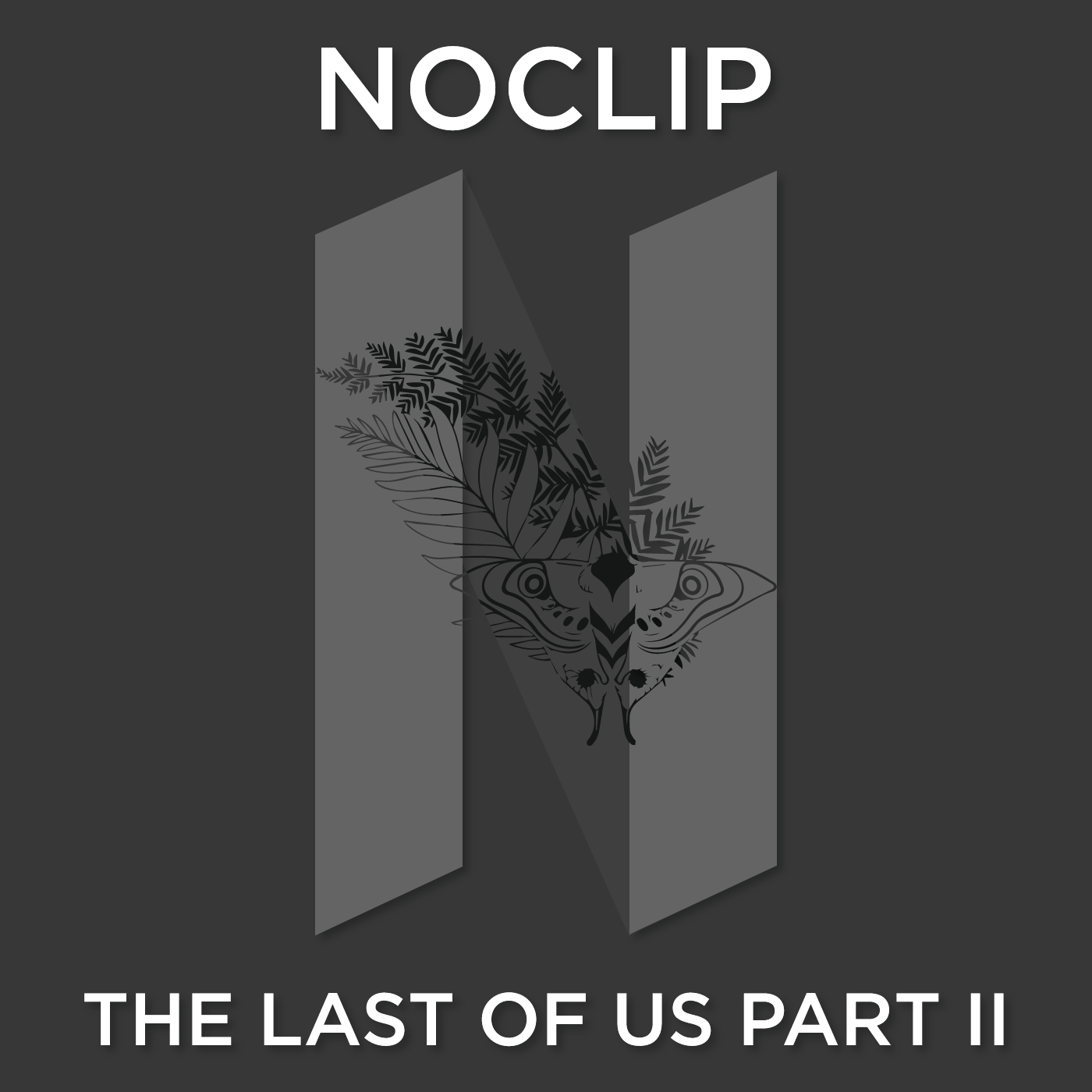We Scythians loathe podcasts,
Welcome back to the podcast! Today, we’re going to be talking about Superbrothers: Sword and Sworcery EP, an adventure game originally released on mobile platforms. You’re given a sword and a shield and a quest to go do, but the game takes a very irreverent stance toward all of it, meaning the tone is a lot lighter and more jokey than you would expect from a game of this type. Mechanically, the game is mostly about puzzle solving, with the combat sitting somewhere between Punch Out! and a rhythm game, and honestly not playing much a role in the time you spend with it overall. The game has some very unique ideas, especially for the time it came out, and a genuinely likable attitude about it, but as a whole its biggest issue is just that it might not withstand the test of time. We’re going to be talking about how music was implemented in the game, the relative difficulty of the puzzles and the clarity of instruction, and how every description you give of this game sounds kind of like the lyrics to a folk song.
Thank you for joining us again this week! With this game being re-released on Switch recently, it does raise the question: What games are really perfect for da Switch? If only there was an award show coming up soon where we could give our thoughts on this kind of question…Anyway, next time, we’re going to be talking about Penko Park, a creature photography game which is a genre with very few entries and of which I think we’ve covered all of. So make sure to come back and check that one out as well!





















